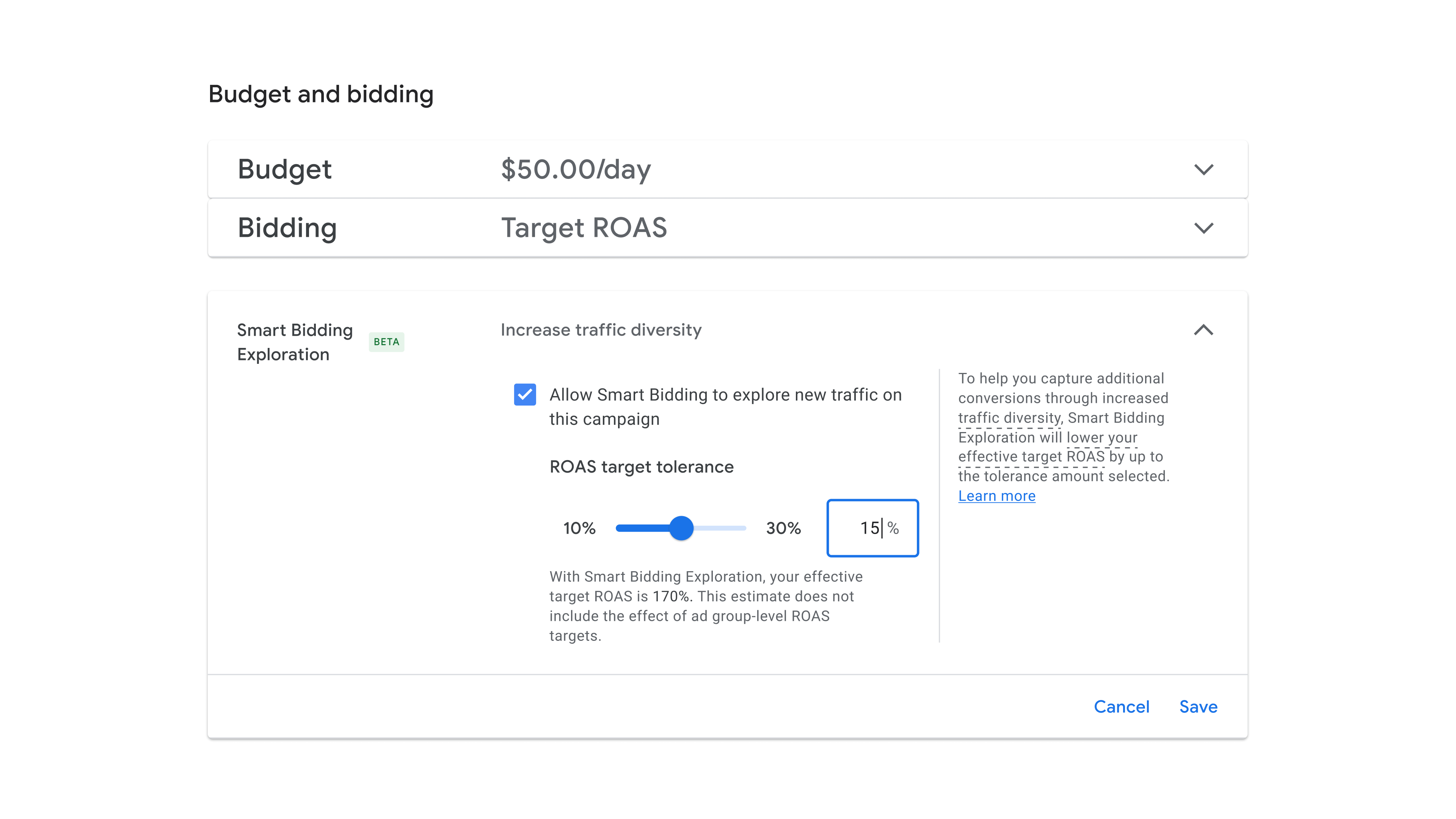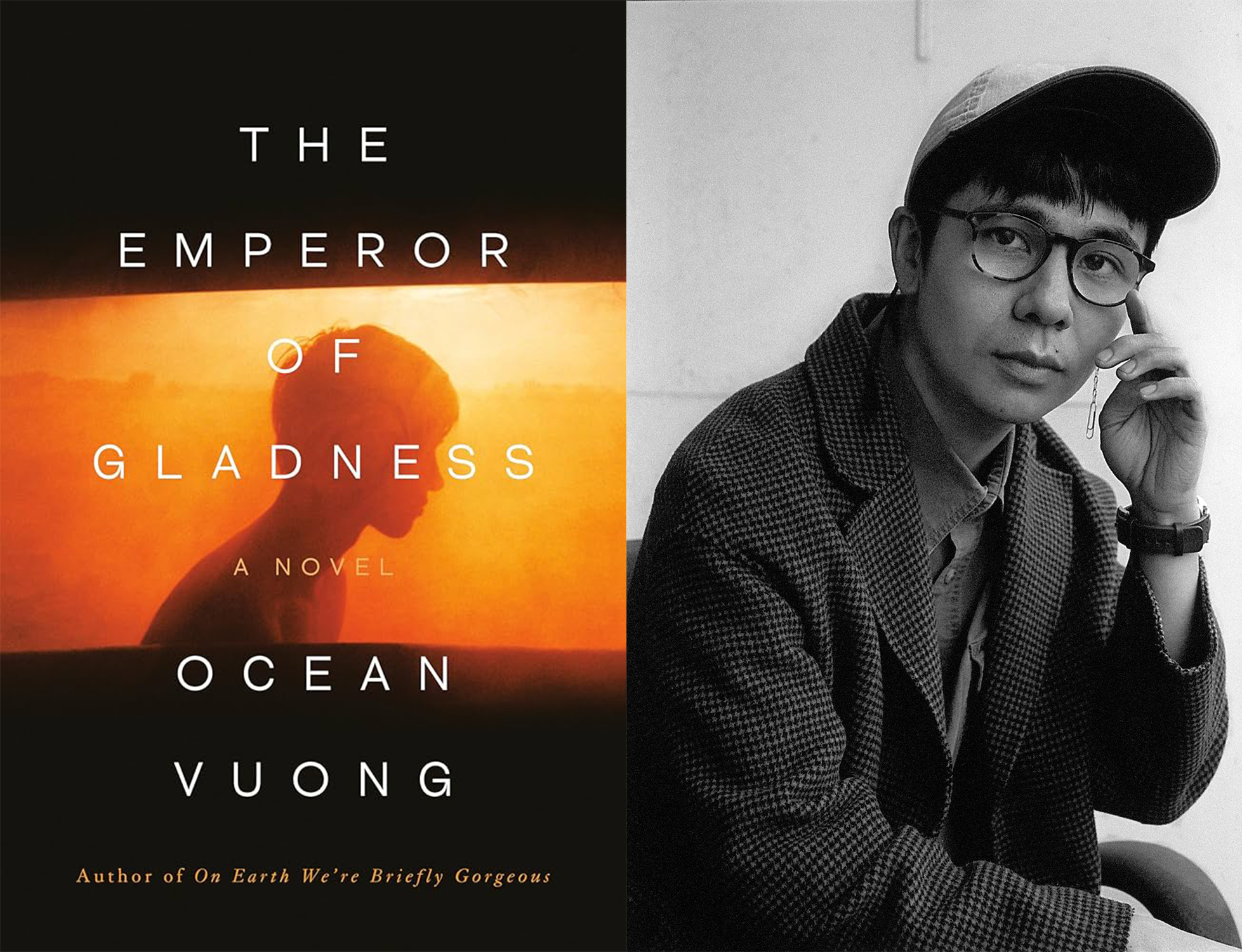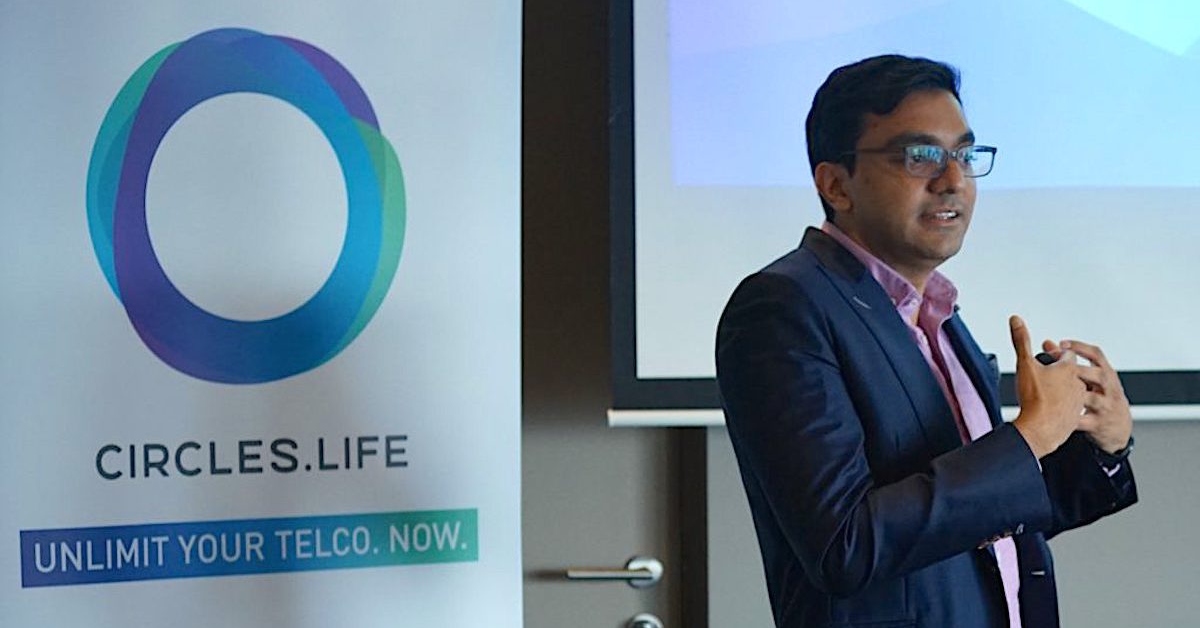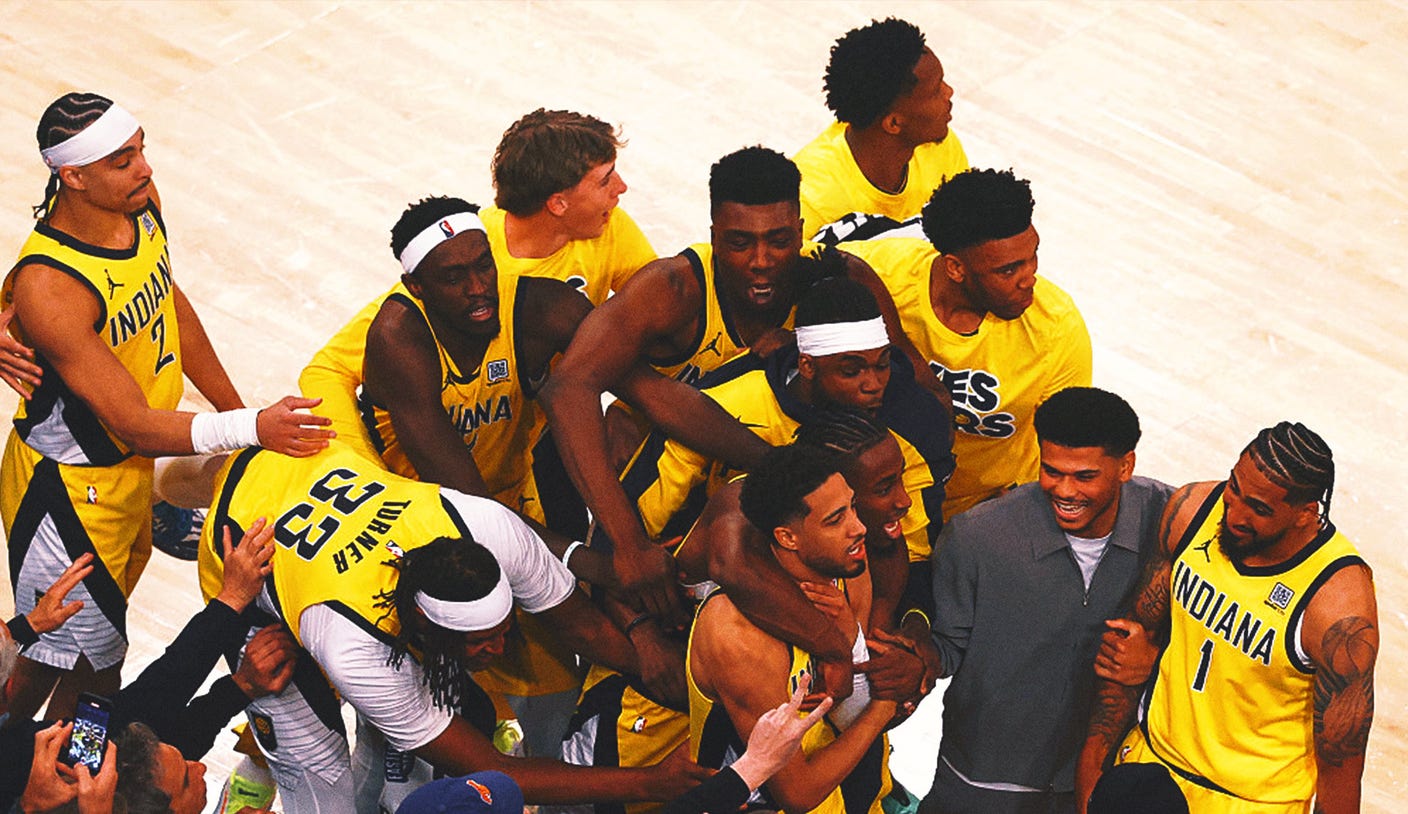20 Movies That Have Definitely Not Aged Well
Movies date themselves for all kinds of reasons. Read more...

Movies date themselves for all kinds of reasons.
Sometimes what seemed great when we were kids looks silly to adult eyes. Other times the whys are more complicated—think Rambo III and The Living Daylights making heroes of mujahideen jihadists because, at the time, they were fighting the Soviets. Standards change, too, often for the better—we don’t look on the obvious racism of Gone with the Wind with the tolerance we once did, and we don’t celebrate the rape culture that snuck its way into 1980s comedies in the same way (at least, we say we don’t). Or maybe it’s that the language of moviemaking has changed, or that special effects that were OK back in the day are distracting to 2023 eyes.
Looking back with a more critical eye is usually, in my experience, a positive thing. The cost of growth, as individuals and a culture, requires us to look back with a little embarrassment, and strive to do better. It’s not necessarily that the movies are bad (although some of these are, in all honesty, absolute shit); time complicates the legacy of most every films, but these more than most.
Breakfast at Tiffany’s (1963)
There was really no need for Blake Edwards’ adaptation of Truman Capote’s novella to indulge in notably caucasian actor Mickey Rooney’s over-the-top, unquestionably racist characterization of I. Y. Yunioshi, Holly Golightly’s Asian landlord. Harkening back to the most horrific stereotypes of the World War II propaganda era, Yunioshi is presented as a squinting, bumbling, bucktoothed Orientalist stereotype whose only purpose is comic relief—the “comedy” having to do entirely with the apparently intrinsic silliness of Japanese people, in general, and funny fake teeth in particular. The character in the novella wasn’t nearly such a caricature, and Rooney’s slapstick-y turn feels out of place against the rest of the film’s subdued tone, tinged with regret. Even contemporary reviews noted the character’s dissonance and offensiveness, and I’ve never been able to watch it without his every scene derailing an otherwise pleasurable experience. (If you struggle similarly, good news: Mickey Rooney forgives you.)
Where to stream (if you care to): Paramount+
Romeo and Juliet (1968)
Franco Zeffirelli’s take on the Shakespeare play is both daring and problematic in ways that have been debated for decades. The sumptuous production dared to cast actual teenagers in the lead roles, an innovation that shouldn’t be surprising...except that it had been done so very rarely before (the previous 1936 screen version cast actors in their 30s). By heightening the emphasis on burgeoning sexuality, Zeffirelli trod a dangerous road; there’s something to be said for a clear-eyed treatment of the subject, but the film’s nudity has been controversial for decades. Just recently, stars Olivia Hussey and Leonard Whiting filed a lawsuit claiming that they were coerced and tricked into appearing naked in the film, allegations that place a darker cloud over the once-lionized production.
Where to stream (if you care to): Kanopy
Animal House (1978)
The font from which an entire era of raunchy slobs versus snobs teen comedies would spring (think Revenge of the Nerds, Police Academy, Porky’s), Animal House is tough to revisit. There are hilarious moments, but also plenty of scenes that put a spotlight to the culture of sexual aggression we’re still living in. The movie’s gooiest good guy, Pinto (Tom Hulce), has a serious debate about whether or not to rape an unconscious girl, who we later learn is 13 (he doesn’t do it, but still). John Belushi’s Bluto spies on unsuspecting sorority girls in the nude, while a trip to a roadhouse sees the movie’s only Black characters menacing our leads because they want to steal their white dates. Enlightened stuff.
Where to stream (if you care to): Netflix
Blue Lagoon (1980)
The late 1970s, a great time for American cinema as a whole, also generated a sub-genre of movies that have become increasingly uncomfortable to modern eyes. This was Woody Allen’s world, in which a movie like Manhattan, about a man in his 40s dating a 17-year-old, felt entirely reasonable, at least to all of the other men having mid-life crises and fantasizing about their own continued sexual relevance. Blue Lagoon is a bit different, in that the two primary actors (Brooke Shields and Christopher Atkins) are at least age-appropriate to each other, but its story of sexual awakening on an island feels excessively prurient—as though we’re meant to appreciate their youthful innocence while gawking at their supple, mostly naked bodies. Shields herself has recently spoken about her discomfort with the film’s marketing and approach, which placed an undue emphasis on her youth (she was 14 at the time).
Where to stream (if you care to): HBO Max
Arthur (1981)
I adore Arthur (and its all-time great theme song), but it’s hard not to find the movie’s flippant attitude toward alcoholism distasteful circa 2023. Dudley Moore plays the title character as the venerable lovable drunk, a character type that goes back to Shakespeare’s Falstaff, so it’s not like the mores of the ‘80s are particularly to blame. Still, Arthur drives drunk and has a grand old time whenever he’s not being a bit of a sad-sack, and the plot’s prescription for him is the love of a good woman (a phenomenal Liza Minelli) rather than a trip down the road to recovery.
Where to stream (if you care to): Digital rental
Sixteen Candles (1984)
Like much of John Hughes ‘80s output, Sixteen Candles blends elements that are thoroughly charming and funny with plot points that dated almost immediately. Most obviously, Gedde Watanabe’s Chinese exchange student Long Duk Dong is a rare instance of a person of color wandering into any of the writer/director’s films, and he is a head-to-toe Asian stereotype, his every entrance accompanied by the sound of a goddam gong. At least Hughes hired an Asian-American actor to play the character, though not distinguishing between the Chinese Dong and Japanese-American Watanabe. Less overt, but just as troubling, is the film’s relationship with consent: Ted (Anthony Michael Hall) pursues vocally uninterested Sam (Molly Ringwald) to the point that she gives him a pair of her underwear in exchange for being left alone. He later exchanges said drawers to another guy to earn some time alone with his unconscious Caroline (Haviland Morris). It’s not entirely clear what happens afterward, but it’s disturbing in any event.
Where to stream (if you care to): Hulu
Indiana Jones and the Temple of Doom (1984)
Always the least of the original Indiana Jones trilogy, Temple of Doom still has enough of a spirit of rollicking adventure (and that memorable performance from Ke Huy Quan) to recommend it, generally. The problem comes in its depiction of Hindus, and Indian culture more broadly. In attempting to recreate the spirit of adventure serials of the 1930s, the film unfortunately carries along much of the related racist baggage. The Indian characters are all either victims to be saved by Indy, or insidious cultists/organ-extracting wizards. It all leans too far into stereotypes; what was controversial at the time of its release looks worse 40 years later.
Where to stream (if you care to): Paramount+
Short Circuit (1986)
A generally delightful kid-friendly sci-fi comedy about a robot made for war who decides that he’d much rather hang out with Ally Sheedy and Steve Gutenberg (there’s a nice message about personal identity and autonomy) is muddied by goofy comic-relief sidekick character Ben Jabituya, played by white actor Fisher Stevens in brownface makeup, and sporting an exaggerated Apu-from-The Simpsons accent alongside various tiresome malapropisms. Even worse? The character takes over the lead in the sequel.
Where to stream (if you care to): Hoopla, Tubi
Driving Miss Daisy (1989)
Driving Miss Daisy will forever stand among the ranks of highly praised, well-intentioned Oscar-winners that wowed Academy members by dealing with issues of race by forefronting the experiences and perspective of white Americans. Jessica Tandy and Morgan Freeman give great performances, and the whole thing has an undeniable charm—but that’s rather the point. It’s cute, with a pat “can’t we all just get along?” take on racial harmony. Do the Right Thing, an undeniable classic with a far more complex and nuanced story to tell, came out the same year and wasn’t even nominated.
Where to stream (if you care to): HBO Max
Dances with Wolves (1990)
From Driving Miss Daisy we jump one year later to 1990's Dances With Wolves, another well-intentioned, but awkward attempt by a white filmmaker to tackle race relations. This one mangles history while also including problematic portrayals of indigenous Americans: the Sioux characters are largely in the “noble savage” mode, while the Pawnee characters are exclusively villainous. The biggest problem is the tired white savior narrative, in which a Caucasian character is not only our guide to the world of indigenous Americans, but the hero of the story. Because, as we know from history, white people were definitely on the side of indigenous North Americans.
Where to stream (if you care to): AMC+
Chasing Amy (1997)
Chasing Amy feels like a movie that could have worked, if there were any queer voices behind the scenes. The story of Holden (Ben Affleck’s) pursuit of lesbian-identified Alyssa (Joey Lauren Adams) could have been an exploration of sexual fluidity, or of bisexuality, but instead it plays as a straight guy’s fantasy—spend enough time with the hot lesbian, and you’ll land her eventually. It’s well-intentioned, mostly, and so close to working, but the emphasis on a hetero dude’s desire for an unattainable woman means that it winds up feeling a lot less groundbreaking than it thinks it is.
Where to stream (if you care to): Paramount+
Conspiracy Theory (1997)
For some reason, this splashy Mel Gibson/Julia Roberts-starring, Richard Donner-directed thriller, in which it turns out the paranoid loner’s ramblings about a vast, global network of deception turn out to be exactly spot on, hits different in the post-Jan. 6, mid-pandemic, anti-vax era. Weird. (Also, Mel Gibson, oof.)
Where to stream (if you care to): Digital rental
Never Been Kissed (1999)
On the surface, a very cute movie starring the consistently delightful Drew Barrymore as a 25-year-old copy editor who takes an assignment to go undercover as a high school student and finds herself getting hot for teacher Michael Vartan. The two begin a flirtatious relationship which (fortunately) doesn’t go anywhere before Barrymore’s character outs herself...at which point the teacher becomes deeply upset about her lies. And possibly about her not being an actual teenager? Without ever quite crossing the line, the movie is rife with creepy subtext. Odds are that the high school student you think is hot is not going to turn out to be secretly older, so probably don’t flirt with them.
Where to stream (if you care to): Disney+, Fubo, Hulu
Shallow Hal (2001)
Shallow Hal stars Jack Black as a man who’s hypnotized into seeing only the inner beauty in people, leading the appropriately shallow character to overlook the weight of new love interest Rosie, played by then-recent Oscar-winner Gwyneth Paltrow in a fat suit. He only sees a skinny Rosie, and it all winds up having something to do with the idea that we shouldn’t be so concerned with what’s on the outside. The problem (and this isn’t uncommon in this kind of movie), is that the feel-good message is completely belied by a near-constant barrage of fat jokes (never mind that fact that representing “inner beauty” by conforming to conventional beauty standards is shallow in a different way). Even the otherwise sweet finale, in which Hal sees and accepts Rosie as she truly is, includes a last jab as Hal tries to pick her up only to find that, of course, he can’t.
Where to stream (if you care to): Paramount+
The Mummy Returns (2001)
The second Mummy movie is a smudged copy of the throwback adventure of the 1999 original, if enjoyable on its own terms. But oh boy have the VFX dated poorly. To say that the title’s Scorpion King (motion-captured by Dwayne Johnson, in his feature debut) look like something from a video game does a disservice to video games, even 22-year-old ones. Brendan Fraser has defended the effects as janky fun. I’m more or less willing to go down that road with him, but the fact remains what looked subpar in 2001 is positively jarring in 2023.
Where to stream (if you care to): Digital rental
The Notebook (2004)
Standing tall as one of the many love stories that look less romantic than creepy to modern eyes, The Notebook includes a scene in which the male lead (Ryan Gosling) dangles from the top of a ferris wheel and threatens to fall to his mangled death if Rachel McAdams’ Allie continues to clearly and loudly refuse to date him. Cute!
Where to stream (if you care to): HBO Max
Crash (2005)
“Maybe we’re all a little racist?” is, I guess, the point inexplicable Best Picture-winner Crash is trying to make, while pretending that’s some kind of revelation. Excessively ironic, and chock-full of redemption arcs for its white characters, it presents a mawkish idea of racial harmony that’s too pat and simplistic, by far, but especially in 2023. It won awards because some Academy members weren’t going to vote for the homo cowboy movie, and I can’t imagine many have bothered watching it since. (Don Cheadle’s great, at least.)
Where to stream (if you care to): Showtime
2012 (2009)
This Roland Emmerich’s disaster flick has a pretty fabulous cast: Thandiwe Newton, John Cusack, Chiwetel Ejiofor, Danny Glover, etc. But otherwise, it’s about as generic as these things get. Add to that the fact that it was created to capitalize on the weird idea that the world would to an end in 2012 (thanks to a deliberate misreading of pre-Columbian Mesoamerican calendars), and there’s really no reason to revisit the film. Now if the world had actually ended...
Where to stream (if you care to): Hulu, Peacock, Fubo
Passengers (2016)
In Passengers, interspace traveler Jim Preston (Chris Pratt) wakes up in his hibernation pod 90 years too early; the ship is on its way to a new Earth, and he’s now facing the rest of his life awake and alone, with no way to return to sleep. A sad situation, sure, until he notices a pretty face among the other sleepers (Jennifer Lawrence) and decides to cyber-stalk the details of her life (she’s a journalist) before waking her up and pretending it was a malfunction. She eventually discovers his deception—which has destroyed her dreams and plans and condemned her to live out the rest of her life with no one for company but Chris Pratt—and, sure, she’s mad...at first. But she gets over it and they live happily ever after. It’s as good a metaphor for destructive and toxic masculinity as you’re likely to find, except that the self-justifying creep here isn’t just our point-of-view character, he’s presented as the empathetic hero. Fuck that.
Where to stream (if you care to): TNT, TBS
Justice League (2017)
There’s a part of me that appreciates the chaos era of DC superhero films—a time when a movie’s plot could turn on the presence of a jar of piss (thanks, Batman v Superman), but the first wave of Warner Bros’ attempts at a cinematic universe fell apart about midway through its first team-up movie. Contrasted with the airless, meticulous self-management of the Marvel Cinematic Universe, the all-over-the-board DC style has been interesting to follow, anyway. Justice League, originally intended to be a huge, two-movie tentpole, was ultimately whittled down and cobbled together by two drastically different directors (Zack Snyder and Joss Whedon), and it never feels like anything other than the Frankenstein’s monster it is. Snyder’s later, much longer cut still isn’t particularly great, but at least it feels like the product of a singular (misguided) vision. Also the special effects look like they cost more than $15.
Where to stream (if you care to): HBO Max

 JimMin
JimMin 































